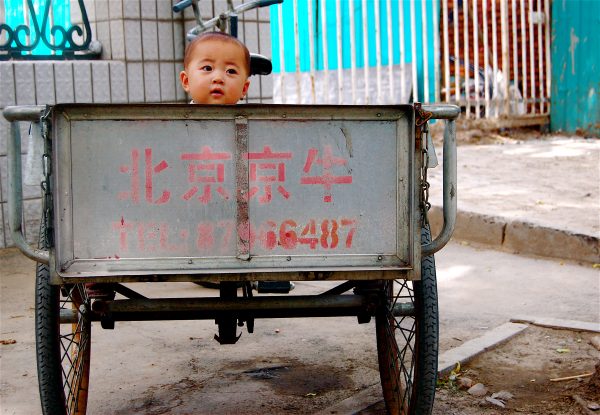A large proportion of the population were of working age; the proportion of the young and the old not in the workforce was relatively low. China enjoyed the advantage of what the demographers call a low ‘dependency ratio’.
In 2010, China’s working-age population peaked and the dependency ratio has begun to increase.
China continues to grow at more than twice the rate of the world economy as a whole and, at this rate, will roughly double its per capita income in the coming decade. So what’s the problem?
David Shambaugh, in his recent controversial prediction of the collapse of the Chinese political system claimed in evidence that ‘the Chinese economy — for all the Western views of it as an unstoppable juggernaut — is stuck in a series of systemic traps from which there is no easy exit. In November 2013, Mr. Xi presided over the party’s Third Plenum, which unveiled a huge package of proposed economic reforms, but so far, they are sputtering on the launchpad. Yes, consumer spending has been rising, red tape has been reduced, and some fiscal reforms have been introduced, but overall, Mr. Xi’s ambitious goals have been stillborn. The reform package challenges powerful, deeply entrenched interest groups — such as state-owned enterprises and local party cadres — and they are plainly blocking its implementation.’
Certainly one of the big problems that the prophets of Chinese political and economic doom, as well as top Chinese policymakers, worry about is the challenge of steering a way through the middle-income trap by lifting the productivity of an already shrinking labour force. This is a deeply structural problem. It underlies the challenge of maintaining higher growth potential (a rate of around 7 per cent, for example, which the Chinese leadership hopes for this year) through lifting productivity, as the supply of cheap labour dries up and the steam runs out of investment.
The real question about Chinese economic performance now has to do with the quality and efficiency with which growth is generated, how Chinese firms are learning to do more with less, and how the economy is able to re-structure towards higher productivity jobs across the board and especially in the expanding services sector.
The proposition that China or any other economy is unlikely to continue growing forever at last year’s rate of almost 7.5 per cent is unexceptionable. But that proposition, to which Summers and Pritchett keep returning in their recent paper on the need to be more cautious about China’s and India’s growth outlook, doesn’t really help very much. Rather the question is will there be a steady transition to lower rates of growth as China’s productivity catches up with more advanced economies? Or will China suddenly drop off the growth cliff?
Two of China’s top economic demographers, Cai Fang and Lu Yang, in this week’s lead identify reforms that can alleviate China’s demographic crunch and lift its productivity growth over the coming decades.
On alleviation of the demographic crunch, first, they urge that China move sooner rather than later to an unrestricted ‘two child’ population policy. China’s total fertility rate is certainly low, and, at 1.4 children per woman, is close to the ‘low fertility trap’ level of 1.3 children per woman below which it’s been impossible for countries to return to replacement levels of fertility. Change needs to be more radical than so far put in place — where a family in which either parent is an only child is permitted to have a second child. Second, lifting the retirement age will slow, though only temporarily, the demographic drag. Third, lifting the school age by one year would have a more permanent effect: an additional year of schooling, Cai and Lu estimate, would lift China’s potential growth rate from 6.6 to 7.5 per cent from 2016 to 2020.
Strengthening market mechanisms is essential to boosting productivity and growth and financial system reform, with interest rate liberalisation,a top priority. Deeper reform of the household registration system, so that labour can more readily move from low to higher productivity jobs, is another key to lifting growth potential.
These are priorities in Chinese President Xi’s and Premier Li’s Third Plenum reform agenda and Li’s recent report to the National People’s Congress. Contrary to Shambaum, Yang Guangbin recently made the point that the economic reform agenda which had stagnated under the previous leadership has been revived under Xi and Li. Among the notable results that Yang reported is that the number of newly-established private enterprises increased by more than 30 per cent in 2014. And while growth dropped to 7.4 per cent in 2014, the lowest in 24 years, employment actually expanded.
As Cai and Lu note, China will likely surpass the United States to become the world’s largest economy in purchasing power terms this year, if indeed it has not already done so. Whether it continues to march towards per capita incomes closer to those of the United States will very much depend on whether Shambaugh or Yang has judged the policy momentum in Beijing right.
Peter Drysdale is Editor of the East Asia Forum.
These issues will be discussed at a public forum on 17 April on Prosperity in Asia: the intergenerational dimensions held at Crawford School of Public Policy the Australian National University.

